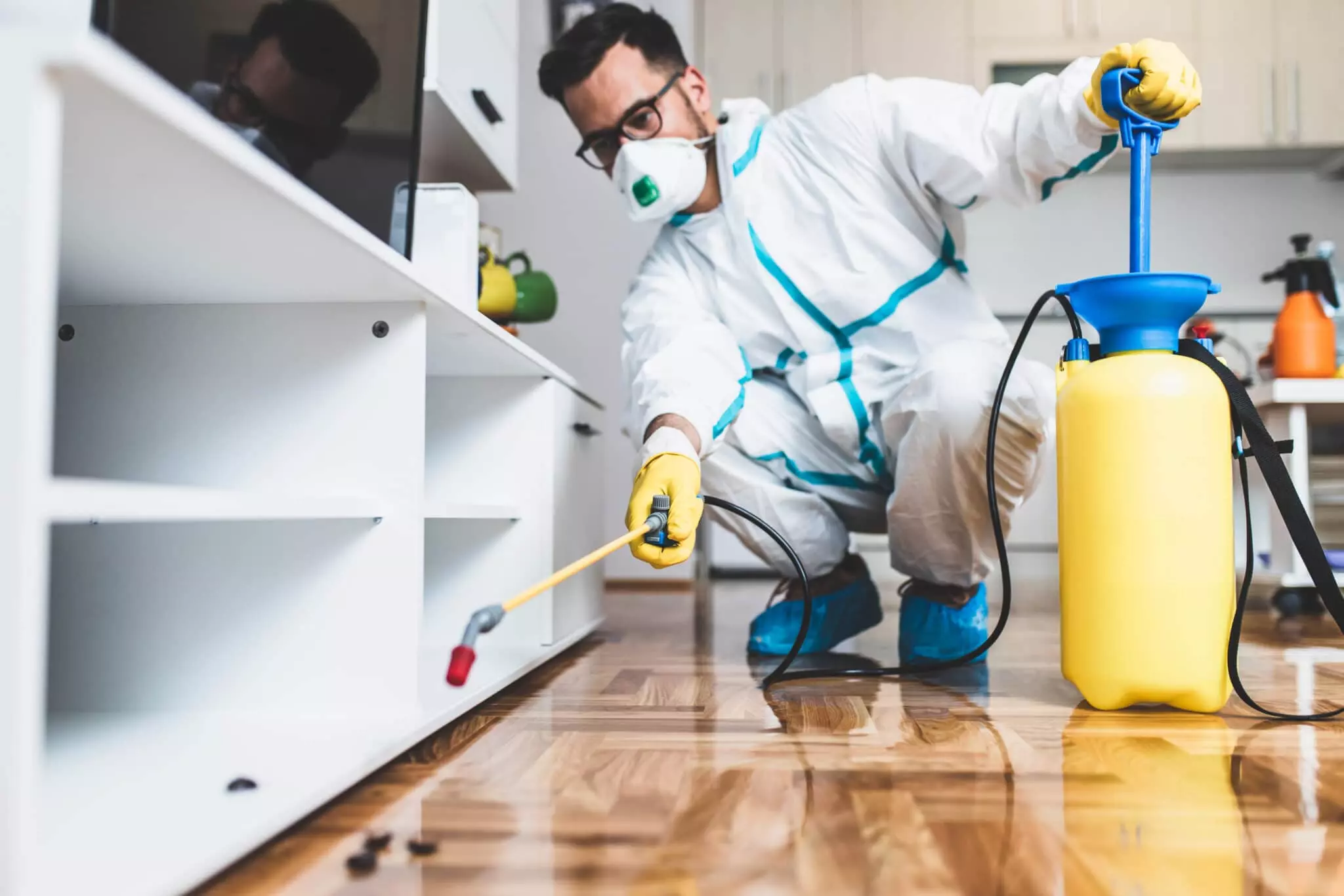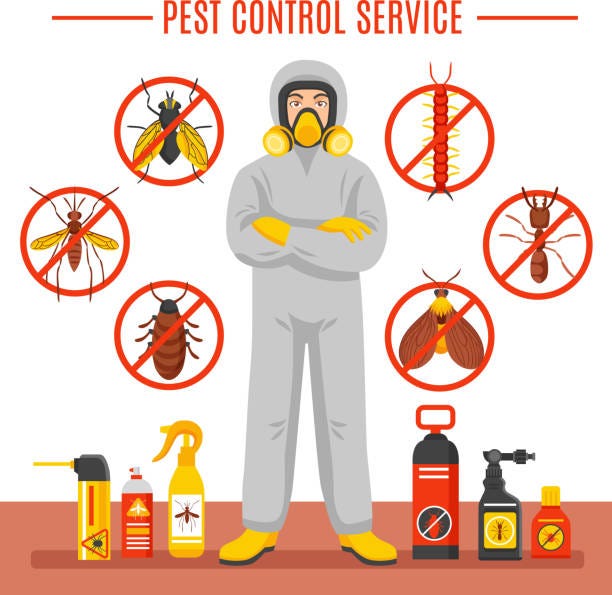Experienced A1 Exterminators Charlotte NC - Fast and Reliable Solutions
Experienced A1 Exterminators Charlotte NC - Fast and Reliable Solutions
Blog Article
Bed Bug Treatment Break Down: Comparing Chemical Vs. Non-Chemical Solutions
In the realm of insect control, especially when managing the persistent issue of bed bugs, the choice between chemical and non-chemical therapy remedies can be a pivotal one. Both methods use unique advantages and disadvantages, affecting aspects such as efficiency, security factors to consider, and general cost. By checking out the nuanced details of each approach, a clearer understanding of which path to seek in attending to a bed bug infestation can be acquired.
Efficiency of Chemical Treatments
Chemical therapies for bed bug infestations have actually been commonly recognized for their potent and rapid efficacy in removing these bugs. When thinking about the effectiveness of chemical therapies, it is vital to recognize that they can offer a detailed and fast option to a bed pest trouble.
Additionally, chemical treatments have the benefit of using recurring results, meaning that they can remain to eliminate bed bugs also after the first application. This recurring action is especially beneficial in combating any kind of possible re-infestations. Additionally, the fast activity of chemical therapies can bring alleviation to people encountering severe bed pest infestations, permitting them to regain control of their living rooms swiftly.
Security Worry About Chemical Solutions
One important facet that calls for cautious factor to consider when making use of chemical remedies for bed bug therapy is making certain the safety of occupants and the atmosphere. Direct exposure to certain chemicals used in bed bug treatments can lead to breathing concerns, skin inflammation, or various other damaging reactions, especially in people with pre-existing problems or level of sensitivities.
Moreover, the environmental influence of chemical solutions is one more significant consideration. Some chemicals made use of in bed pest therapies might be harmful to useful insects, wild animals, and environments if they seep right into the soil or water supply. It is vital to utilize chemical therapies sensibly, complying with security guidelines, and considering much less poisonous alternatives to mitigate these threats and ensure the secure and efficient monitoring of bed pest infestations.
Advantages of Non-Chemical Methods
Taking into consideration the possible safety issues and environmental influence connected with chemical options for bed bug treatment, discovering non-chemical strategies provides an encouraging choice with a number of unique benefits. Non-chemical approaches use a much safer option for families, especially those with pet dogs, youngsters, or individuals sensitive to severe chemicals. These approaches remove the dangers of direct exposure to hazardous materials, reducing the potential for damaging health impacts. Moreover, non-chemical therapies are eco-friendly, as they do not add to air or water contamination, making them a sustainable option for parasite control.
Additionally, non-chemical remedies can be see it here effective in targeting bed insects, including hard-to-reach areas where chemical treatments might not pass through. Techniques such as warm therapy, vacuuming, vapor cleaning, and bed mattress encasements supply thorough eradication without the usage of hazardous chemicals. Moreover, non-chemical techniques can be less disruptive, calling for very little prep work and enabling quicker reentry right into dealt with locations. Overall, selecting non-chemical bed pest therapy methods not only prioritizes safety and environmental security however likewise makes certain thorough and reliable insect control.
Limitations of Non-Chemical Treatments

Additionally, non-chemical therapies usually require numerous applications to accomplish effective obliteration. This can be taxing and my latest blog post may not constantly guarantee total elimination of all bed insects and their eggs, especially in covert or hard-to-reach locations.
Moreover, the success of non-chemical treatments heavily relies upon appropriate implementation and thoroughness, which can be testing for people without professional competence. Insufficient application of non-chemical techniques may lead to insufficient eradication, causing consistent infestations and the requirement for added therapies.
For that reason, while non-chemical therapies have their advantages, it is vital to acknowledge these constraints and consider them when determining one of the most efficient technique for taking care of bed insect problems.
Expense Contrast: Chemical Vs. Non-Chemical Options
Offered the limitations linked with non-chemical treatments, an essential facet to assess in the context of termite companies near me bed pest monitoring is the cost comparison between chemical and non-chemical choices. In comparison, non-chemical therapies like heat therapy or steam can be more expensive, with expenses ranging from $1,000 to $6,000 for a whole home. While the initial expense of chemical therapies might seem lower, numerous therapies may be required to completely eliminate the infestation, possibly enhancing the overall price.
Conclusion

Thinking about the prospective safety problems and ecological effect associated with chemical options for bed bug therapy, discovering non-chemical approaches offers an encouraging alternative with numerous unique benefits.Offered the constraints linked with non-chemical treatments, a vital facet to review in the context of bed bug management is the cost comparison between chemical and non-chemical alternatives. In contrast, non-chemical therapies like heat treatment or vapor can be much more pricey, with prices ranging from $1,000 to $6,000 for an entire home. While the initial price of chemical therapies may seem reduced, numerous therapies might be needed to totally remove the invasion, possibly raising the general cost.In final thought, when contrasting chemical and non-chemical bed pest therapy options, it is important to consider effectiveness, security, advantages, restrictions, and cost.
Report this page